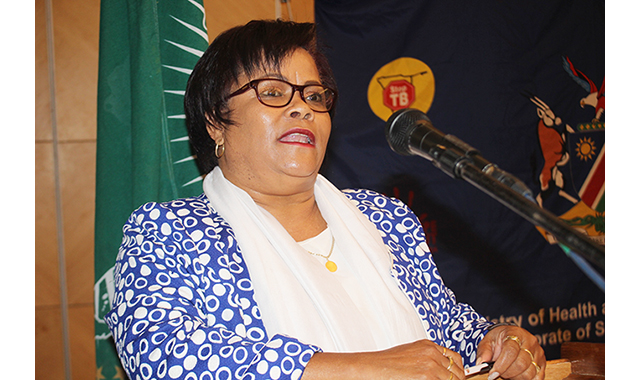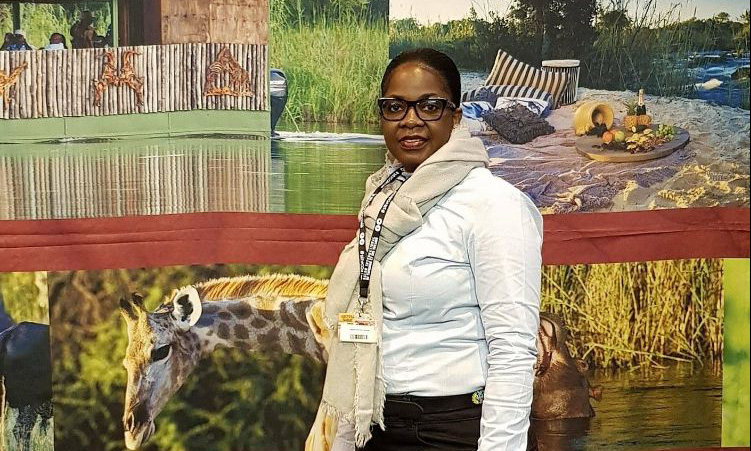THE 2016 figures released by the health ministry show that the highest number of people who tested HIV positive are from the Zambezi region.
This was revealed yesterday by Anne-Marie Nitschke, the director of special programmes in the health ministry, during the launch of the ministry’s policy document on the national guidelines on HIV Testing Services.
Out of the 80% people tested, the Zambezi region had the highest number with 23,7%, followed by Omusati at 17,4% and Kavango with 17%.
The least recorded were regions such as Kunene with 9,7%, Hardap at 8,2%, and Omaheke with 7,3%, which are also sparsely populated.
Other regions such as Erongo had 12,5%, //Karas at 12,4%, Otjozondjupa 12% and Khomas at nearly 12%.
There are about 243 000 people living with HIV in Namibia. According to the document, the ministry has tested close to 80% people to reach the adopted UNAIDS 90:90:90 global fast track programme, which was signed in 2015.
The document states that the northern regions tested the highest because it has the majority of the population living there.
According to Nitschke, the 90:90:90 aims at ensuring that by the year 2020, 90% of all people living with HIV will know their status, 90% of all people diagnosed with the virus will receive sustained antiretroviral (ARV) treatment, and 90% receiving treatment will have the virus under control.
The revised guidelines aim at reducing the gap, and making sure that the population is aware of their HIV status through the use of the new strategies.
“We have to make sure that we go out there using those innovative strategies we didn’t have in the previous guidelines,” Nitschke said, adding that the ministry needs to target men, young and adolescent women as well as key populations.
There were previously no provisions for self-testing, but as technology progressed, the ministry had to bring it into the guidelines to make sure that the services provided are comprehensive, she noted.
Deputy minister of health Juliet Kavetuna said the ministry is committed to not only increasing testing coverage for the general population, but prioritising strategies and testing initiatives which are more likely to identify those people living with undiagnosed HIV.
“The guidelines, therefore, provide focused and strategic approaches to HIV testing services that are needed to support the ambitious UNAIDS first 90 target – diagnosis of 90% of people with HIV in Namibia,” she added. The ministry will also be releasing the Namibia Population-based HIV Impact Assessment (Naamphia) survey results in mid-July, which will be the first population-based information measures about the prevention, care and treatment of HIV in infants and children.
The survey measures the rate of new HIV infections, HIV prevalence estimates by region, and the effectiveness of HIV treatment as measured by viral load suppression among people living with HIV and on antiretroviral treatment (ART) by region.
Stay informed with The Namibian – your source for credible journalism. Get in-depth reporting and opinions for
only N$85 a month. Invest in journalism, invest in democracy –
Subscribe Now!






